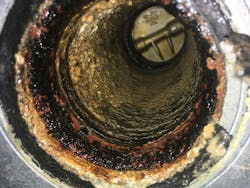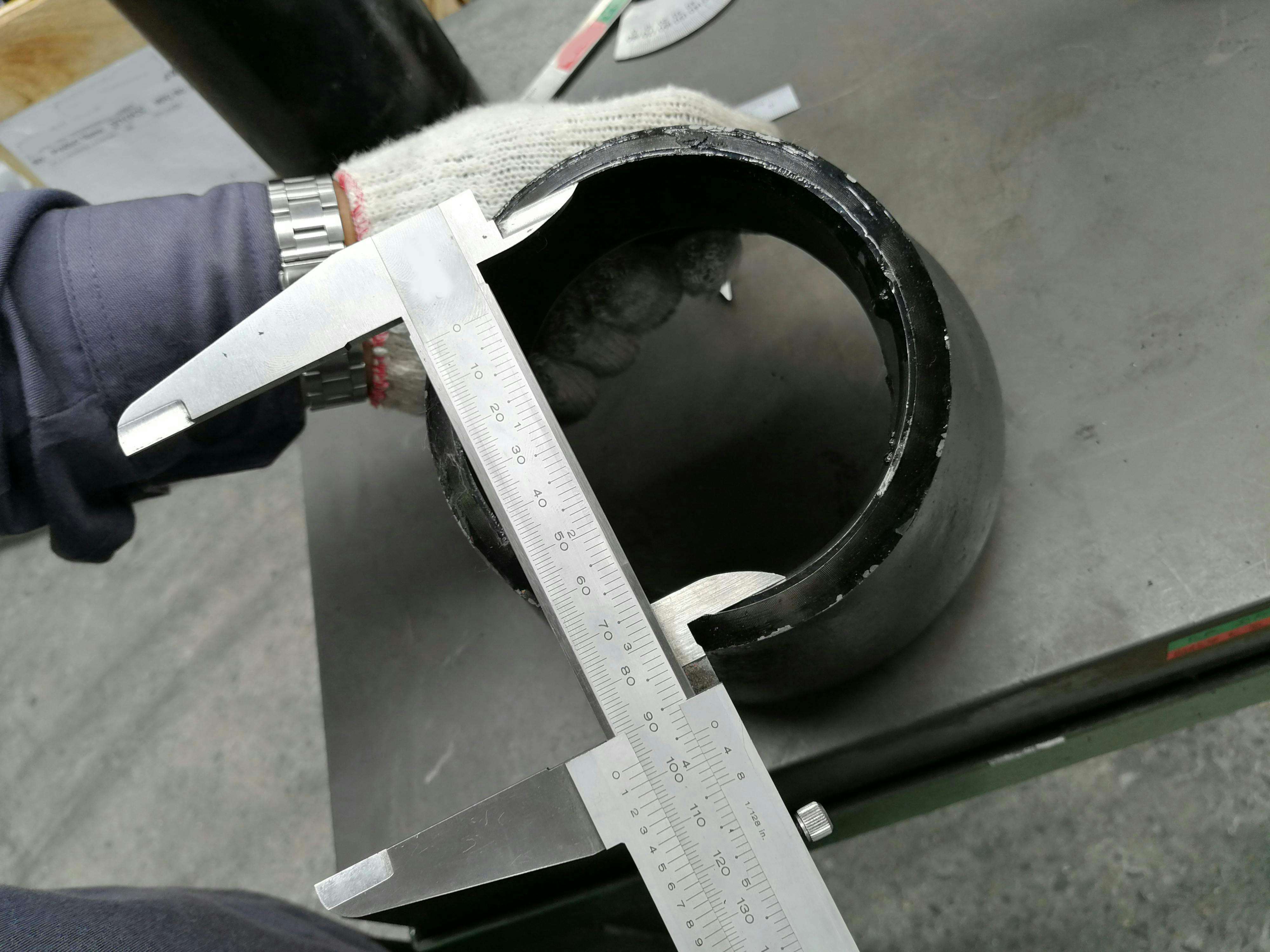Manufacturers and end users have a challenging problem when measuring flow. Before flowmeters are shipped, they are calibrated in a flowmeter calibration facility that is designed to make sure that the flowmeter’s measurements are accurate and have minimal error. However, it is commonly accepted among both suppliers and end users that flowmeters in the field may not perform as well as they do in the flow calibration lab. During flow calibration, conditions are carefully controlled, and the flowmeter is not subject to the kinds of unexpected disturbances that can occur in the field.
Get your subscription to Control's tri-weekly newsletter.
Pipe diameter
An important factor in flowmeter measurement is pipe diameter. Most flowmeters compute flowrate by multiplying the cross-sectional area of a pipe by its velocity. Cross-sectional area A is determined by A = (π times D2)/4. Here, D is the inner diameter of the pipe, which is the area the fluid flows through. The outer diameter of the pipe is also important, but it doesn’t figure into the calculation of the cross-sectional area. This formula only applies to perfectly round pipes.
In the October Flow Point column, I discussed the perils of using the square as the unit of measurement for a circle. The formula for the circumference of a circle is 2 π R, where R is the radius of the circle. When this circumference, considered as a piece of rope, is laid flat, making it a straight line, it has a rational value. It is a contradiction since the same piece of rope cannot have both a rational and an irrational length.
In flow measurement, the value of π is usually considered to be 3.14 or 3.1415—both are close approximations of π. We use these values because, so far, no one has come up with an alternative way to measure the area of circular objects using anything other than square inches. A round or circular inch could possibly give us better results as applied to circular figures.
It is also concerning that not all pipes are perfectly round. When flowmeters are calibrated, they are calibrated on clean pipes with no sediment or buildup on the walls. Once flowmeters reach the field, they enter a new world where sediment and buildup can occur in many ways.
Scaling
Hard water can scale when heated, causing a hard, chalky deposit in pipes because of high levels of calcium and magnesium in hard water. Scaling hinders water flow, reduces appliance efficiency and increases energy costs. Over time, it narrows the pipe’s diameter, increasing the chances of blockages and leading to more frequent maintenance and potential replacements. Chlorine and disinfectants in municipal water supplies can react with pipe materials, degrading the pipe’s inner surface.
Corrosion
Corrosion in water pipes is the result of the interaction of water, oxygen and other elements of a pipe’s environment. Corrosion can weaken the interior and exterior of the pipes. Aging pipes are subject to corrosion when exposed to oxygen and water. This is especially true of pipes made from metals like iron, steel or copper.
The process degrades the material, forming rust and releasing sediments into the water supply. The weakening integrity increases the risk of leaks and can lead to significant water damage and costly repairs. Rust and other compounds can build up on the inner pipe wall, reducing the internal diameter of the pipe, restricting the flow and increasing pressure loss.
Temperature changes
Extreme temperature changes can cause minerals to precipitate and solidify, forming deposits on the inner surfaces of pipes. In hot water systems, heat can induce calcium carbonate precipitation. These deposits can reduce pipe diameter, increase pressure and decrease water flow.
Some people believe any theoretical uncertainty in flow measurement that derives from the uncertainty in the value of π is negligible compared to the real-world uncertainties surrounding the internal diameter of a pipe. Of course, there are many other issues providing uncertainty in flow measurement, including flow profile, cavitation, turbulence, repeatability and two-phase flow. These issues must be addressed in their research and development, using the math that is available. Manufacturers may say, “As long as we agree that π is 3.14, then all our equations work out.”
There are many areas of research for flowmeter manufacturers and end users. On the other hand, we live in a world that requires extreme precision. Coriolis flowmeters can measure with an accuracy of 0.05%. Our computers can calculate π to 12 trillion digits. Why shouldn’t our math be equally precise? The presence of π is like a permanent leak in our mathematical calculations. It will stay there until someone figures out how to measure circular area with a more compatible unit than a square.
For more information on flow measurement by all types of flowmeters, click here.
About the Author

Jesse Yoder
Columnist
Jesse Yoder is founder and president of Flow Research Inc., which conducts market research studies in a wide variety of areas, including the flowmeter market.

Leaders relevant to this article:

